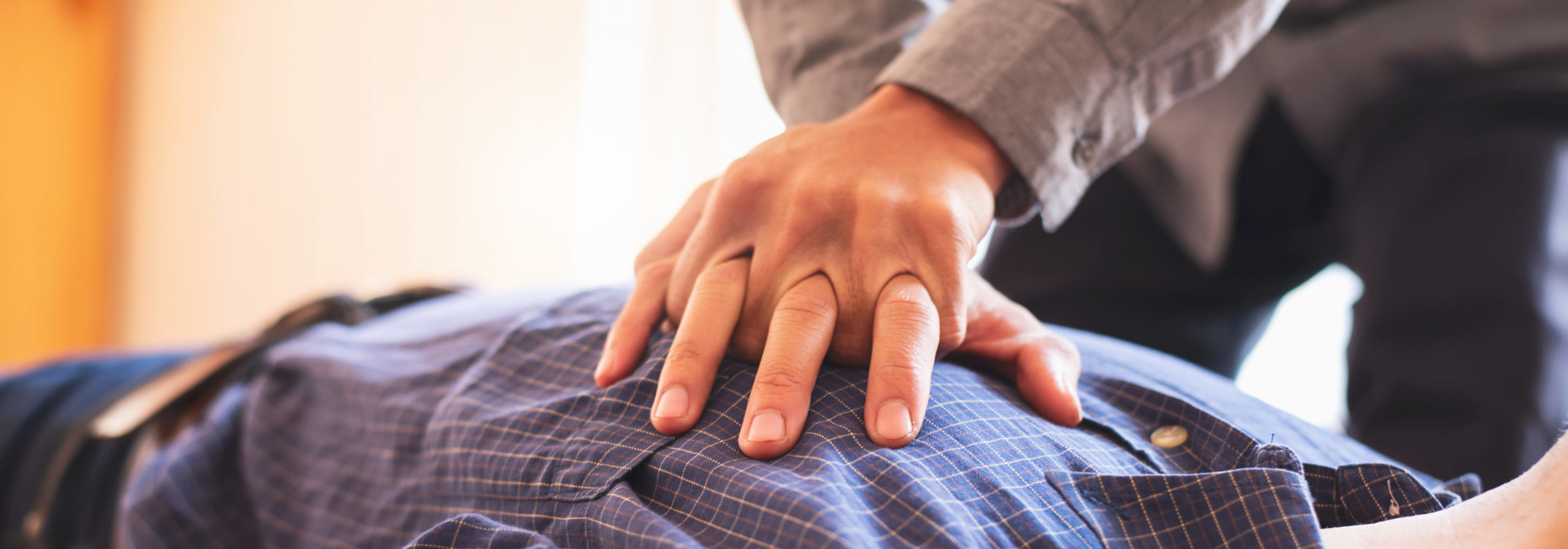
Cardiopulmonary Resuscitation (CPR) is an emergency lifesaving procedure performed when the heart stops beating. If performed immediately, CPR can double or triple the chance of survival from an out-of-hospital cardiac arrest.
“When someone drops in front of you or has cardiac arrest, everyone should be prepared to do CPR,” says Dr. Monica Lo, electrophysiologist at Arkansas Heart Hospital. “It is very critical when the heart stops that someone knows how to do CPR to provide blood flow to vital organs including the brain.”
There are more than 356,000 out-of-hospital cardiac arrests annually in the U.S. Unfortunately, only about 46 percent get the immediate help they need before professional help arrives.
The primary reason for inaction is a concern about causing additional injury to a patient, especially if that patient was elderly, female or adolescent. The second most common reason was a lack of CPR training and ability.
How do you perform CPR?
You should not be afraid of CPR. With hands-on training, anyone can save a life with a few steps.
- Check the scene for safety, form an initial impression and use personal protective equipment (PPE).
- If the person appears unresponsive, check for responsiveness, breathing, life-threatening bleeding or other life-threatening conditions using shout-tap-shout.
- If the person does not respond and is not breathing or only gasping, call 9-1-1 and get equipment, or tell someone to do so.
- Place the person on their back on a firm, flat surface.
- Give 30 chest compressions.
- Hand position: Two hands centered on the chest
- Body position: Shoulders directly over hands; elbows locked
- Depth: At least 2 inches
- Rate: 100 to 120 per minute
- Allow chest to return to normal position after each compression
- Give 2 breaths
- Open the airway to a past-neutral position using the head-tilt/chin-lift technique.
- Ensure each breath lasts about one second and makes the chest rise; allow air to exit before giving the next breath.
- Continue giving sets of 30 chest compressions and two breaths. Use an AED as soon as one is available.
It’s ideal that two people work together to revive a sudden cardiac arrest victim. While one person performs CPR to provide blood flow to the brain, the other person can get a defibrillator to restore the heart rhythm.
It’s important to know that simply reading the steps or watching a CPR training video should not replace hands-on training with a manikin and a licensed instructor.
Arkansas Heart also offers on-site CPR training through our community and corporate engagement program. To learn more, email marketing@arheart.com.
Learn how to use an automated external defibrillator (AED).
—–
Sudden cardiac arrest can occur anywhere, anytime to anyone, often without warning. Take your heart health in your own hands and learn your cardiovascular for cardiac arrest, heart attack and stroke risk before it’s too late. You can do that today with our quick and painless Keep the Beat heart screening. Sign up today!
Want to learn more about our patient-centered, specialized cardiac care? Discover our wide range of cardiac care services or ask your primary care provider for a referral today.